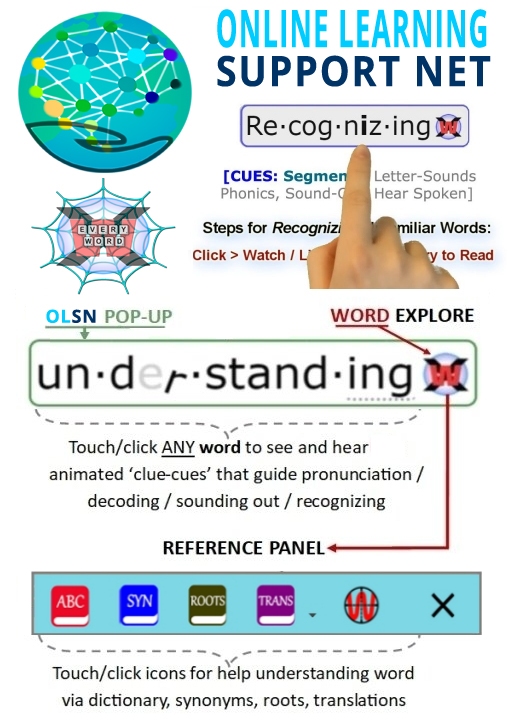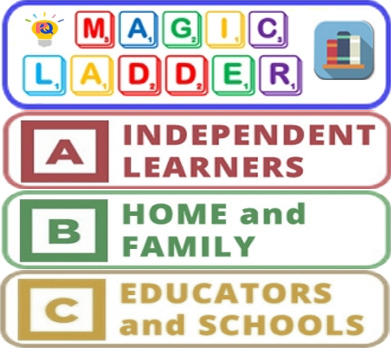Universal Pre-K
Note: Remember to click on any word on this page to experience the next evolutionary step in technology supported reading.
Shaping the Brains of Tomorrow: What developmental science teaches about the importance of investing early in children
Changing the developmental trajectory of a young child growing up in deprived circumstances requires determination, persistence, and patience.
Are such interventions cost-effective? Determining the cost-effectiveness of programs for at-risk young children requires putting price tags on the innumerable human consequences of early deprivation. Yet several studies of comprehensive early-intervention efforts have found that program costs are more than compensated by averted costs of educational remediation, juvenile or adult crime, and diminished job earnings.
While expensive, large-scale public efforts have been skeptically regarded by policy-makers most concerned about their costs, important new voices are emerging in support of these investments. One is that of James Heckman, Nobel laureate and University of Chicago economist, who argues that the varied benefits of early-childhood interventions — in cognitive learning, motivation, and socialization — are likely to have long-term advantages in the labor market because of the cumulative effects of early improvements in ability. Another is that of Art Rolnick of the Federal Reserve Bank in Minneapolis, who (along with colleague Rob Grunewald) estimates that public investments in programs to assist poor children yield a 16-percent real rate of return. This, he argues, compares very favorably to other public investments with more popular appeal, such as building sports coliseums, which typically have little or no return on public investment. Although much more research is needed, it appears that society’s investment in improving the chances for young children at risk is economically worthwhile.
Ross A. Thompson, Developmental Psychologist, University of California, Davis – National Scientific Council on the Developing Child. Source: http://www.duboislc.org/EducationWatch/ShapingBrainsOfTomorrow.html
The New Economics of Preschool: New findings, methods and strategies for increasing economic investments in early care and education
Professionals know how to provide quality early care and education. They’ve never had the resources to pay for it. This body of economic research provides a credible and compelling case for why more investments in early childhood development is a wise strategy. This argument was perfectly stated in the September 2004 Network Update from the National League of Cities which included a review of research on the economic impact of early care and education — applicable for all levels of government and employers, not just cities.
With money tight in cities and with budgets shrinking every year, each dollar invested needs to have a significant impact. The research is clearly showing that investing in quality early care programs is the absolute best way to use funds. The benefit is seen both immediately and in the long-term, and the pay-off is seen by everyone. Crime rates are lowered, graduation rates are raised, businesses benefit from educated and committed workers, and the city sees a huge return in tax revenue from the increase in the workforce. The phrase, “invest in kids” is thrown around a lot, but when taken literally, it can be the smartest investment a city has ever made.
Prepared by Dana E. Friedman, Ed.D. – For the Early Childhood Funders’ Collaborative – October 2004. Source: http://www.earlychildhoodfinance.org/handouts/FriedmanArticle.doc
RAND Study Says Creating Universal Pre-School in California Would Create Benefits That Surpass Costs
Investing public money to make preschool available to every 4-year-old in California would generate an estimated $2 to $4 in benefits for every dollar spent, according to a RAND Corporation study issued today.
“There is strong and growing evidence that providing children a year of high quality preschool before they enter kindergarten boosts their achievement over a long period of time and prevents many problems,” said Lynn Karoly, a RAND senior economist and lead author of the report. “Our analysis shows that an investment in universal preschool in California would provide a net economic benefit to the state
“What the study does for the first time is to look at the potential benefits of a universal preschool program, rather than a program targeted only at kids who are at higher risk for educational and behavioral problems,” Karoly said. “We already know you can get a high return by just targeting the kids who are most disadvantaged.”
“It’s a simple equation. Investing in preschool leads to a stronger workforce, better jobs, reduced juvenile crime, and an increased standard of living for all Californians,” said Lois Salisbury, director of the Children, Families and Communities Program at the David and Lucile Packard Foundation. “And it also happens to be great for kids.”
Universal preschool for California 4-year-olds is estimated to cost an additional $1.7 billion annually. But that investment would result in an estimated $4.4 billion in new benefits to California over the lives of each group of children that completes a year of preschool, according to the study.
March 30, 2005 – RAND Study Says Creating Universal Pre-School in California Would Create Benefits That Surpass Costs. Source: http://rand.org/news/press.05/03.30.html
Universal Pre-K
David Boulton: We’ve noticed in California they’re moving fast towards establishing a universal pre-K system for four year-olds. That’s what the latest Rand Report advocated in California that was commissioned by the Packard Foundation. That’s a step in the right direction on one level, you might say, but it’s also institutionalizing this at a latter stage in the “sensitive window”. In other words, the information indicates that the vocabulary explosion is happening late in the second year, and then throughout the third year. And that the third year’s development of language is critical to everything else.
Arthur Rolnick: Yes, I like the way you said it. A universal four year-old early education is a good first step. I’m not sure it’s the best first step, though. The programs that we argue for are focused on at-risk families, birth to five, with a mentor going to the house. We actually talk about scholarships for these families. The scholarships are tuition-plus. So, the plus is the mentor, tuition is when the child turns three and four, then they get to send their child to a high-quality early education program.
It’s a program that covers birth to five. If you just go at four year-olds, and if you do it universal, you end up subsidizing a lot of families that don’t need it, as we talked about earlier. It’s not focused on the real needs, because it’s starting too late in many cases. So, I think universal four year-old is a good step, but I think where the highest return is, and where the most need is, is birth to five in the at-risk families.
Again, I want to empower the parents, because the research tells you that if you get the parents engaged, that’s the way you’re going to get these results.
Arthur Rolnick, Senior Vice President & Director, Federal Reserve Bank of Minneapolis; Author: “The Economics of Early Childhood Development.” Source: COTC Interviewhttp://www.childrenofthecode.org/interviews/rolnick.htm













